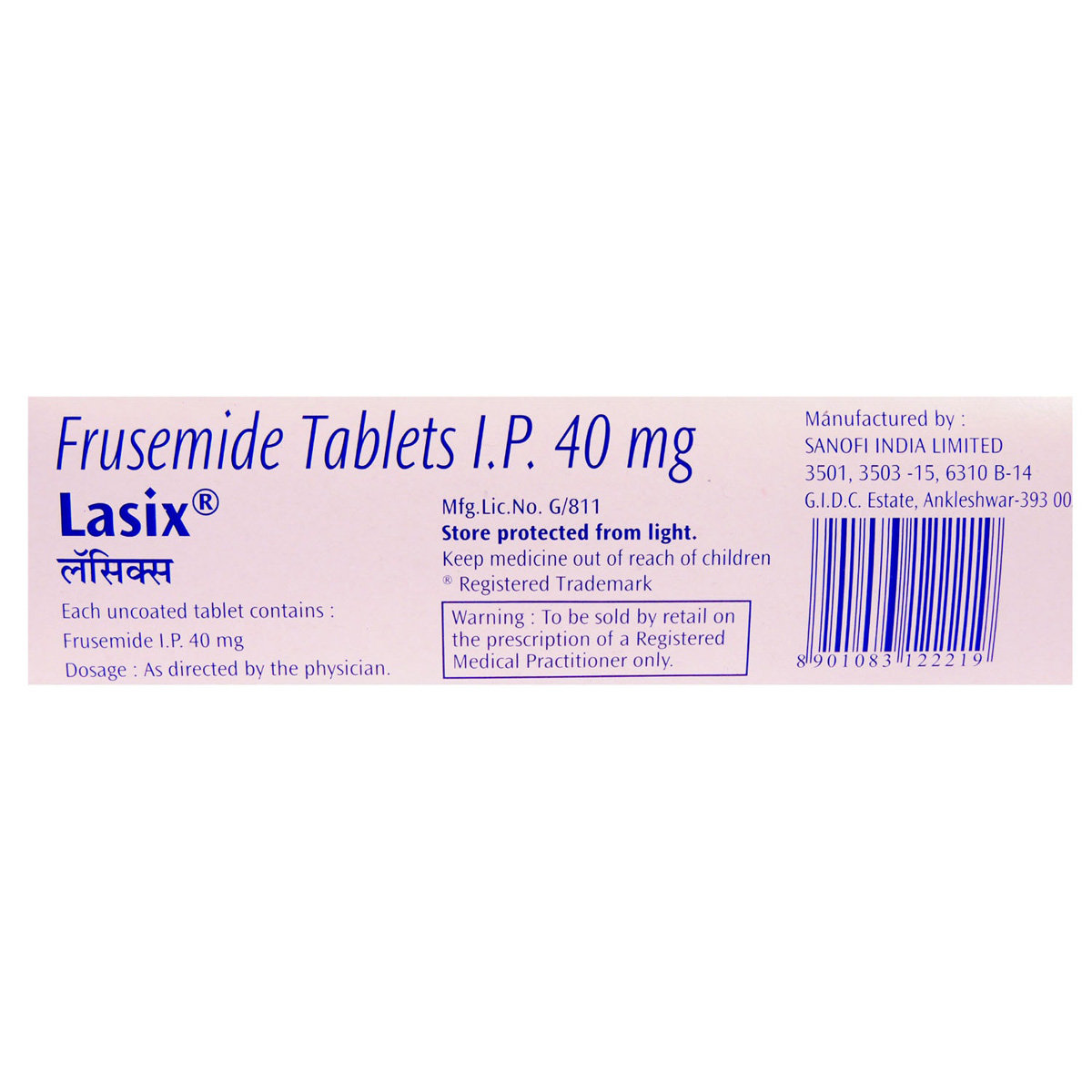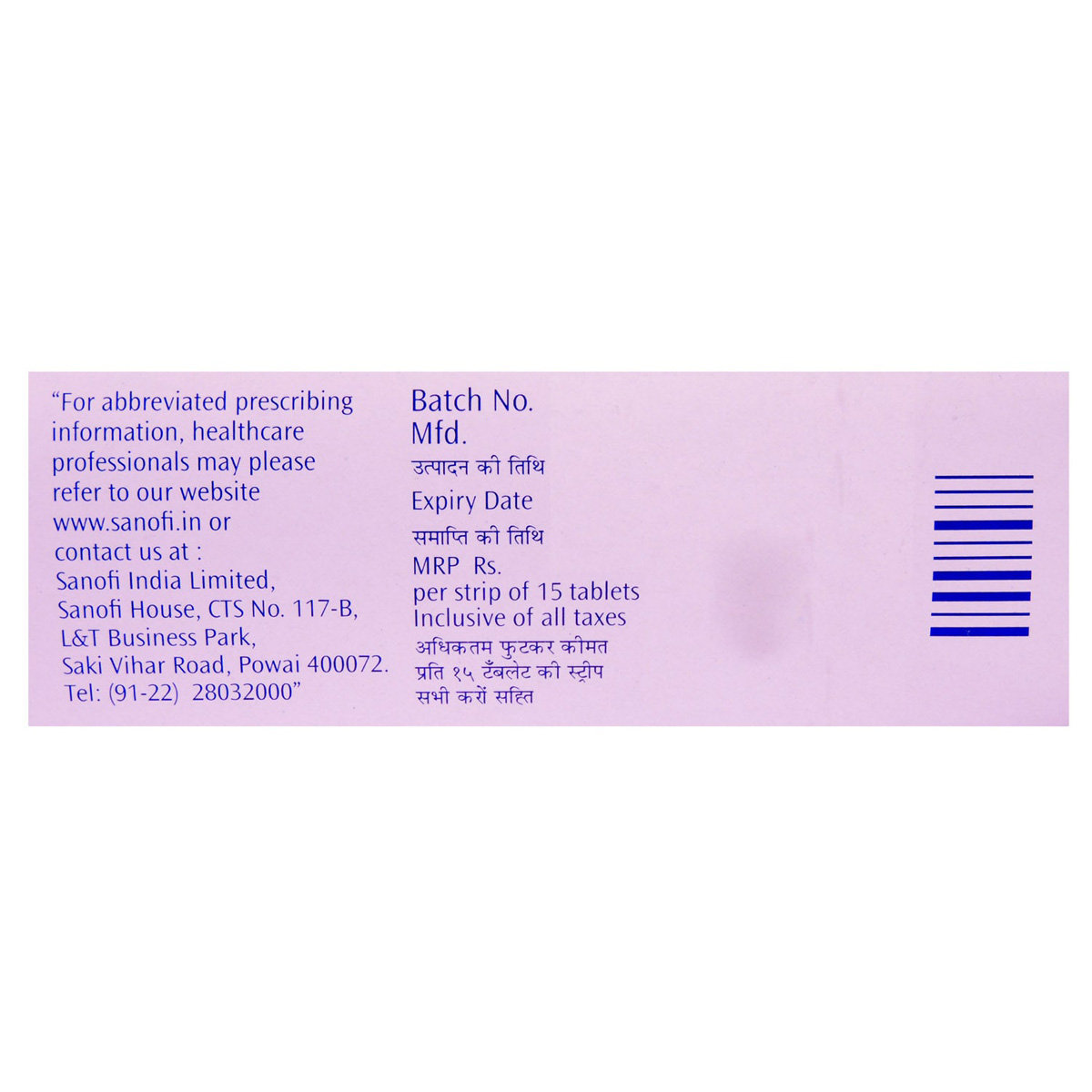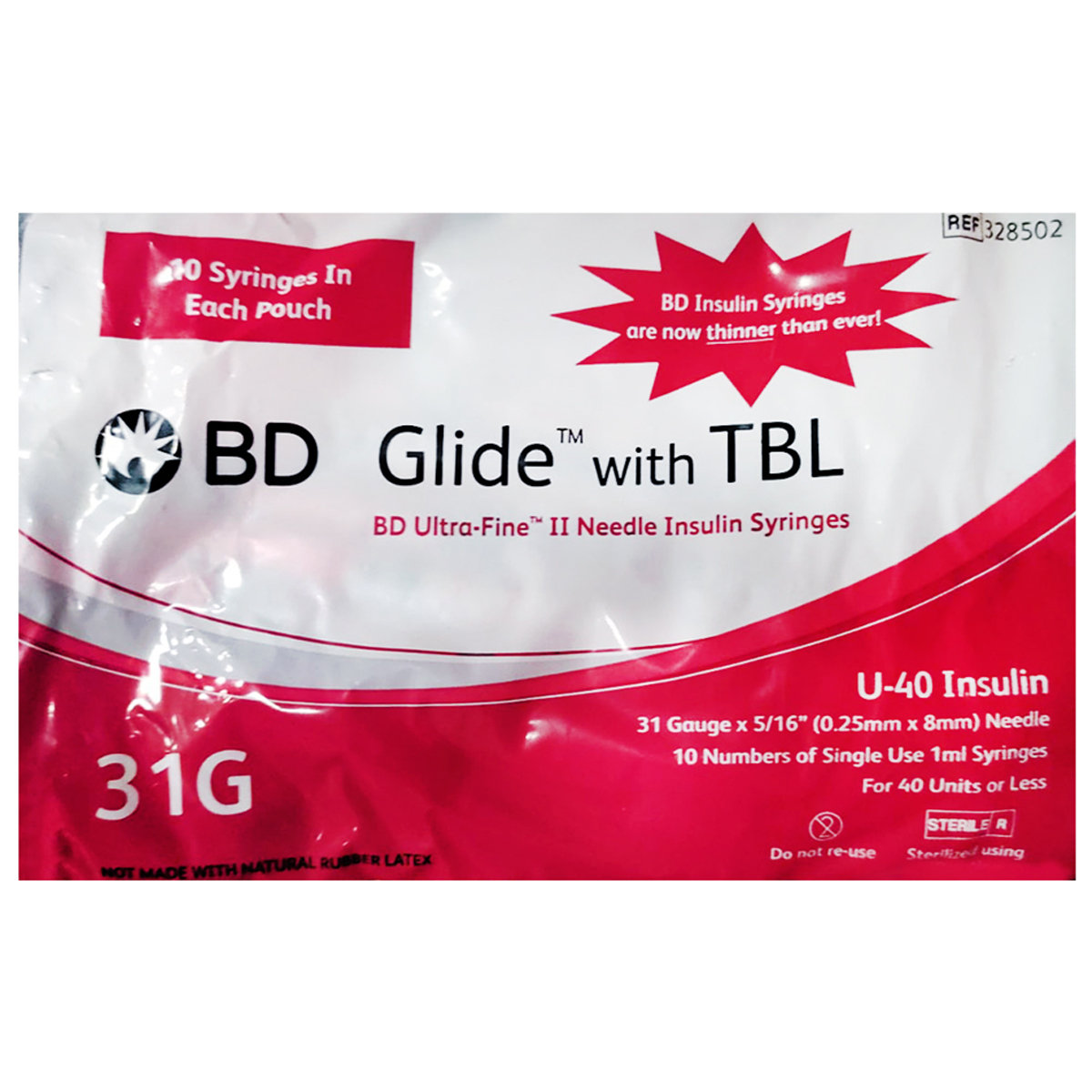Lasix Tablet



MRP ₹14
(Inclusive of all Taxes)
₹2.1 Cashback (15%)
know your delivery time
Provide Delivery Location
Composition :
Manufacturer/Marketer :
Consume Type :
Expires on or after :
Return Policy :
NPPA :

Secure Payment

Trusted by 8 Crore Indians

Genuine Products
Therapeutic Class
Country of origin
Manufacturer/Marketer address
Author Details
We provide you with authentic, trustworthy and relevant information
Disclaimer
Alcohol
Safe if prescribed
You are recommended not to consume alcohol along with Lasix Tablet to avoid unpleasant side-effects.
Pregnancy
Consult your doctor
Lasix Tablet should not be used during pregnancy unless clearly necessary. Your doctor will weigh the benefits and any potential risks before prescribing it to you. Please consult your doctor.
Breast Feeding
Consult your doctor
Lasix Tablet should not be used when breastfeeding unless clearly necessary. Your doctor will weigh the benefits and any potential risks before prescribing it to you. Please consult your doctor.
Driving
Safe if prescribed
It is not recommended to drive after taking Lasix Tablet as it may occasionally cause drowsiness.
Liver
Consult your doctor
Lasix Tablet to be taken with caution, especially if you have a history of liver diseases/conditions. Your doctor may adjust your dose depending upon your current liver conditions.
Kidney
Consult your doctor
Lasix Tablet to be taken with caution, especially if you have a history of Kidney diseases/conditions. Your doctor may adjust your dose depending upon your current kidney conditions.
Children
Safe if prescribed
Lasix Tablet to be taken with caution, especially if you are children below the age of 12. Your doctor may adjust your dose depending upon your age.
Product Substitutes
About Lasix Tablet
Lasix Tablet belongs to a group of medicines called diuretics (which increase the production of urine) and is used to treat high blood pressure, heart failure, and oedema (a build-up of fluid in the body). Hypertension or high blood pressure is a chronic condition in which the force exerted by the blood against the artery wall is high. Higher this blood pressure, harder the heart has to pump. As a result, it leads to heart diseases, irregular heartbeat, and other complications. Oedema may occur in case of high blood pressure where fluids of the body get trapped in the tissues of the hands, arms, feet, ankles, and legs leading to its swelling.
Lasix Tablet works by increasing the amount of urine that is passed out from the kidneys. It effectively reduces excess fluid levels in the body and treats oedema (swelling) associated with heart, liver, kidney, or lung disease. This reduces the workload on the heart and makes the heart more efficient at pumping blood throughout the body. Thus, it helps to lower high blood pressure, reducing the chances of heart attack or stroke.
Your doctor will advise your dose and how often you need to take this medication based on your medical condition. In some cases, you may experience dehydration, headache, nausea, or dizziness. Most of these side effects of Lasix Tablet do not require medical attention and gradually resolve over time. However, if the side effects are persistent, reach out to your doctor.
Do not take if you are allergic to furosemide or any other components present in Lasix Tablet . Try not to stop taking Lasix Tablet of your own. Let your doctor know about this, as it may cause a rise in blood pressure and can increase the risk of getting heart diseases and stroke. Inform your doctor if you are suffering from any kidney or liver or heart disease. If you are pregnant or breastfeeding, please tell your doctor so that the dosage of Lasix Tablet can be prescribed accordingly. The most common adverse effect of furosemide is having to pee more frequently than usual. To minimise needing to get out of bed to pee, avoid taking this medication within 4 hours of going to bed.
Uses of Lasix Tablet
Medicinal Benefits Mweb
Key Benefits
When you take Lasix Tablet , the blood vessels in your body will be relaxed, which will help lower the blood pressure. Also, it relaxes the blood vessels and helps to improve the blood flow. It helps in losing out excess fluids from the body by increasing the production of urine. This reduces the workload on the heart and makes the heart more efficient at pumping blood throughout the body. Thus, it helps to lower high blood pressure, reducing the chances of heart attack or stroke. In addition, this relieves oedema and enables you to carry out your daily activities more efficiently.
Directions for Use
Side Effects of Lasix Tablet
- Frequent urination
- Hypotension (low blood pressure)
- Dehydration
- Headache
- Somnolence (sleepiness)
- Fatigue
- Reduced levels of potassium and magnesium in your blood
Drug Warnings
To ensure that furosemide is safe for you, tell your doctor if you have ever had an allergic reaction to furosemide or any other medicine, low blood pressure (hypotension), liver disease, diabetes, any difficulty peeing, Addison's disease (a rare disorder of the adrenal glands), gout, and signs of dehydration (being thirsty, having a dry mouth), and electrolyte imbalance, among other things. If you are a pregnant or nursing mother, you should not take Lasix Tablet without a doctor's advice.
Drug-Drug Interactions
Drug-Drug Interactions
Login/Sign Up
Taking Ziprasidone with Lasix Tablet can increase the risk of abnormal heart rhythm.
How to manage the interaction:
Taking Ziprasidone with Lasix Tablet is not recommended, but it can be taken together if prescribed by a doctor. However, consult your doctor if you experience sudden dizziness, lightheadedness, fainting, shortness of breath, weakness, tiredness, drowsiness, confusion, muscle pain, cramps, dizziness, nausea, or vomiting. Do not discontinue any medications without consulting a doctor.
Combining Tizanidine and Lasix Tablet can lower your blood pressure.
How to manage the interaction:
Taking Tizanidine and Lasix Tablet together can lead to an interaction, but it can be taken if your doctor advises. However, if you experience any symptoms like headache, dizziness, lightheadedness, fainting, and changes in pulse or heart rate, contact your doctor immediately. Avoid driving or operating hazardous machinery until you know how the medications affect you, use caution when getting up from a sitting or lying position, and do not discontinue any medications without consulting your doctor.
Concomitant administration of diclofenac and Lasix Tablet may decrease the therapeutic efficacy of Lasix Tablet and adversely affect renal function.
How to manage the interaction:
There may be a possible interaction between diclofenac and Lasix Tablet, but they can be taken together if your doctor has prescribed them. However, consult your doctor immediately if you experience symptoms like nausea, dizziness, irregular heartbeats, altered blood pressure, tingling. Do not stop using any medications without first talking to your doctor.
Coadministration of Amikacin with Lasix Tablet can increase the risk of developing kidney disorder and other side effects.
How to manage the interaction:
Although taking amikacin and Lasix Tablet together can result in an interaction, it can be taken if a doctor has prescribed it. However, if you experience ringing in the ears, irregular urination, muscle cramps, vomiting, or weakness, consult the doctor. Do not discontinue any medications without a doctor's advice.
Taking Lasix Tablet with Tobramycin can increase the risk of hearing loss and kidney problems.
How to manage the interaction:
Although there is a possible interaction between Tobramycin and Lasix Tablet, you can take these medicines together if prescribed by your doctor. Do not discontinue any medications without consulting your doctor.
Co-administration of Lasix Tablet may interfere with blood glucose control and lower the effectiveness of Glimepiride.
How to manage the interaction:
Although there is a possible interaction, glimepiride can be taken with Lasix Tablet if prescribed by the doctor. Regular monitoring of blood glucose levels is advised. Do not discontinue the medications without consulting a doctor.
Coadministration of Streptomycin and Lasix Tablet may increase the risk or severity of hearing or kidney problems.
How to manage the interaction:
There may be a possibility of interaction between Streptomycin and Lasix Tablet, but it can be taken if prescribed by a doctor. However, if you experience sudden dizziness, lightheadedness, fainting, shortness of breath, chest pain or tightness, rapid heartbeat, hearing difficulty, swelling, body aches, increased or decreased urination, or memory loss, contact your doctor immediately. Do not discontinue any medications without consulting a doctor.
Lasix Tablet may decrease the effectiveness of tirzepatide thereby causing the increase in blood glucose levels.
How to manage the interaction:
Close blood glucose monitoring is recommended when on treatment with Lasix Tablet.
Drug-Food Interactions
Drug-Food Interactions
Login/Sign Up
Drug-Diseases Interactions
Drug-Diseases Interactions
Login/Sign Up
Drug-Drug Interactions Checker List
- METOPROLOL
- RAMIPRIL
- HYDROCHLOROTHIAZIDE
- ATORVASTATIN
- SILDENAFIL
- CARBAMAZEPINE
- PHENOBARBITAL
- CYCLOSPORINE
- IBUPROFEN
- ASPIRIN
- SOTALOL
Habit Forming
Special Advise
- Monitor your blood pressure daily and if there is too much fluctuation, immediately contact your doctor.
- If you are planning to have a procedure that includes radiocontrast, do not take Furosemide (as taking Furosemide may increase the risk of kidney damage).
Diet & Lifestyle Advise
- Keep your weight under control with a BMI of 19.5-24.9.
- Regular physical activity or exercise for at least 150 minutes per week, or about 30 minutes most days of the week. Doing this can help lower your raised blood pressure by about 5 mm Hg.
- Opt for a diet rich in whole grains, fruits, veggies, and low-fat dairy products.
- Limit sodium chloride (table salt) intake in your daily diet to 2300 mg per day or less than 1500 mg is ideal for most adults.
- If you are taking alcohol, then only one serving for women and two for men is advisable.
- Quitting smoking is the best strategy to lower the risk of heart disease.
- Avoid chronic stress as it can raise your blood pressure. Try to enjoy and spend time with your loved ones to cope with stress and practice mindfulness techniques.
- Try to include heart-healthy omega-3 fatty acids containing food drinks in your daily diet. You can also use low-fat cooking oil like olive oil, soybean oil, canola oil, and coconut oil to help lower your elevated blood pressure.
All Substitutes & Brand Comparisons
RX
Out of StockCgfru 40mg Tablet
CMG Biotech Pvt Ltd
₹5.4
(₹0.49 per unit)
41% CHEAPERRX
Out of StockFrucix Tablet 10s
Medibest Pharma Pvt Ltd
₹8
(₹0.72 per unit)
14% CHEAPERRX
Out of StockFrusimed 40mg Tablet
Prevego Healthcare & Research Pvt Ltd
₹8.4
(₹0.76 per unit)
9% CHEAPER

Have a query?
Buy best Cardiology products by
Torrent Pharmaceuticals Ltd
Sun Pharmaceutical Industries Ltd
Lupin Ltd
Intas Pharmaceuticals Ltd
Cipla Ltd
Micro Labs Ltd
Macleods Pharmaceuticals Ltd
Abbott India Ltd
Ajanta Pharma Ltd
Ipca Laboratories Ltd
Eris Life Sciences Ltd
Mankind Pharma Pvt Ltd
Lloyd Healthcare Pvt Ltd
Dr Reddy's Laboratories Ltd
Glenmark Pharmaceuticals Ltd
Emcure Pharmaceuticals Ltd
Alembic Pharmaceuticals Ltd
Alkem Laboratories Ltd
East West Pharma India Pvt Ltd
USV Pvt Ltd
Zydus Healthcare Ltd
Aristo Pharmaceuticals Pvt Ltd
Elbrit Life Sciences Pvt Ltd
J B Chemicals & Pharmaceuticals Ltd
Zydus Cadila
Akumentis Healthcare Ltd
Alteus Biogenics Pvt Ltd
Hbc Life Sciences Pvt Ltd
Fusion Health Care Pvt Ltd
Troikaa Pharmaceuticals Ltd
La Renon Healthcare Pvt Ltd
Corona Remedies Pvt Ltd
Jubilant Lifesciences Ltd
Medley Pharmaceuticals Ltd
Knoll Healthcare Pvt Ltd
Msn Laboratories Pvt Ltd
Zuventus Healthcare Ltd
Cadila Pharmaceuticals Ltd
Blue Cross Laboratories Pvt Ltd
Lividus Pharmaceuticals Pvt Ltd
Morepen Laboratories Ltd
Ranmarc Labs
Shrrishti Health Care Products Pvt Ltd
Sanofi India Ltd
Steris Healthcare
Elder Pharmaceuticals Ltd
Primus Remedies Pvt Ltd
Unison Pharmaceuticals Pvt Ltd
Eswar Therapeutics Pvt Ltd
Knoll Pharmaceuticals Ltd
Tas Med India Pvt Ltd
Systopic Laboratories Pvt Ltd
Indiabulls Pharmaceuticals Pvt Ltd
Leeford Healthcare Ltd
Sinsan Pharmaceuticals Pvt Ltd
Biochem Pharmaceutical Industries Ltd
Cadila Healthcare Ltd
Azkka Pharmaceuticals Pvt Ltd
Nirvana India Pvt Ltd
Orsim Pharma
Prevego Healthcare & Research Pvt Ltd
Econ Healthcare
Elinor Pharmaceuticals (P) Ltd
FDC Ltd
Sunij Pharma Pvt Ltd
Nicholas Piramal India Ltd
Astra Zeneca Pharma India Ltd
Pfizer Ltd
Lia Life Sciences Pvt Ltd
Shine Pharmaceuticals Ltd
Elicad Pharmaceuticals Pvt Ltd
Indoco Remedies Ltd
Proqol Health Care Pvt Ltd
Vasu Organics Pvt Ltd
Biocon Ltd
Opsis Care Lifesciences Pvt Ltd
Johnlee Pharmaceuticals Pvt Ltd
Merck Ltd
Wockhardt Ltd
Auspharma Pvt Ltd
Ergos Life Sciences Pvt Ltd
Lakshya Life Sciences Pvt Ltd
Ordain Health Care Global Pvt Ltd
Pficus De Med Pvt Ltd
ALICAN PHARMACEUTICAL PVT LTD
RPG Life Sciences Ltd
Glynis Pharmaceuticals Pvt Ltd
Orris Pharmaceuticals
Samarth Life Sciences Pvt Ltd
Aprica Pharmaceuticals Pvt Ltd
Aretaeus Pharmaceuticals Pvt Ltd
Koye Pharmaceuticals Pvt Ltd
Neocardiab Care
Retra Life Science Pvt Ltd
Alniche Life Sciences Pvt Ltd
Alvio Pharmaceuticals Pvt Ltd
Arkas Pharma Pvt Ltd
Atos Lifesciences Pvt Ltd
Divine Savior Pvt Ltd
Metalis Lifesciences Pvt Ltd
Customers Also Bought
Recommended for a 30-day course: 2 Strips







